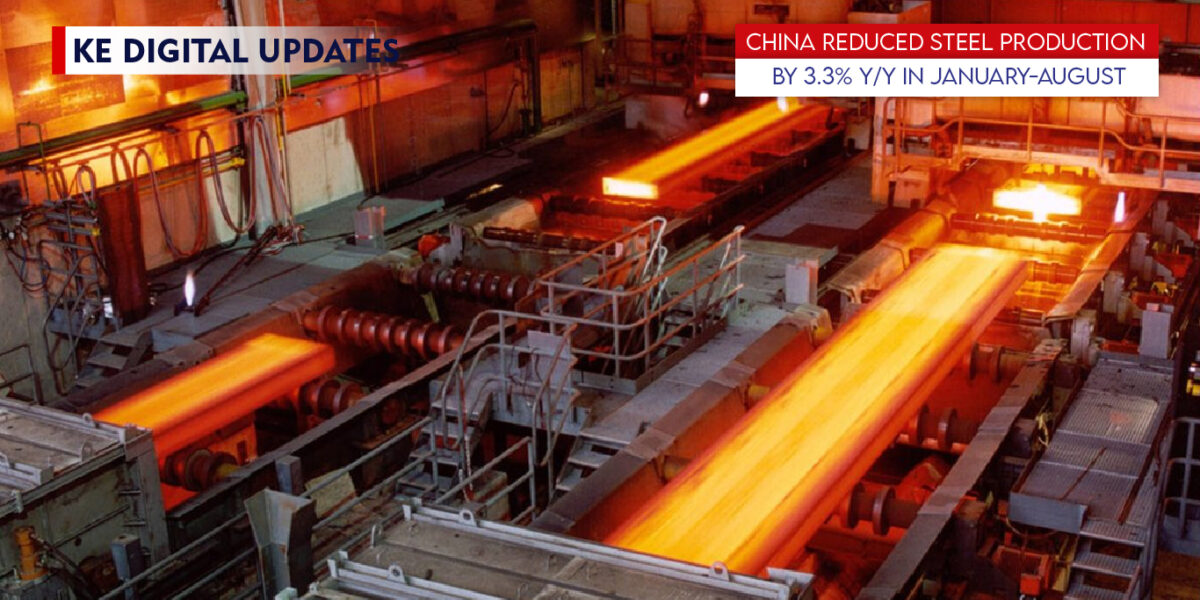Published on September 16, 2024
In the first eight months of 2024, China’s steel production experienced a notable decline. Chinese steel producers generated 691 million tonnes of steel from January to August, marking a 3.3% decrease compared to the same period in 2023. This reduction reflects broader trends in the global steel industry, influenced by fluctuating demand and economic pressures.
Factors Contributing to the Decline
Several factors have contributed to the reduction in steel production:
- Decreased Demand: The steel demand has softened, both domestically and internationally. This is partly due to slower economic growth in key markets and a reduction in large-scale infrastructure projects that typically drive steel consumption.
- Narrower Profit Margins: Steel producers have faced tighter profit margins. Rising raw material costs and lower steel prices have squeezed profitability, prompting producers to scale back production.
- Environmental Regulations: Stricter environmental regulations have also played a role. The Chinese government has been enforcing policies to reduce pollution, including curbing steel production to lower emissions.
Monthly Production Trends
The decline in steel production was particularly pronounced in August 2024. During this month, steel output fell by 6.1% compared to July, totaling 77.92 million tonnes. This marked the lowest daily production rate for Chinese steelmakers since the beginning of the year, averaging 2.51 million tonnes daily. The sharp month-on-month decrease underscores the challenges faced by the industry in maintaining production levels amidst adverse conditions.
Historical Context
To put these figures into perspective, China produced 1.019 billion tonnes of steel in 2023, a slight increase of 0.6% from 2022. This historical data highlights the volatility in steel production, influenced by many economic, environmental, and market factors.
Implications for the Global Steel Market
China’s position as the world’s largest steel producer means that changes in its production levels have significant implications for the global steel market. The reduction in output could lead to tighter supply conditions, potentially affecting steel prices worldwide. Other steel-producing nations may adjust their production strategies in response to China’s output trends.
Future Outlook
Looking ahead, the trajectory of China’s steel production will likely depend on several variables:
- Economic Recovery: The pace of economic recovery in China and other major economies will be crucial. A rebound in construction and manufacturing activities could boost steel demand.
- Policy Measures: Government policies, particularly those related to environmental protection and industrial regulation, will continue to shape production levels.
- Market Dynamics: Global market dynamics, including trade policies and competition from other steel-producing countries, will also influence China’s steel industry.
In conclusion, the 3.3% year-on-year reduction in China’s steel production from January to August 2024 reflects a complex interplay of demand, profitability, and regulatory factors. As the industry navigates these challenges, stakeholders worldwide will closely watch its future performance.


